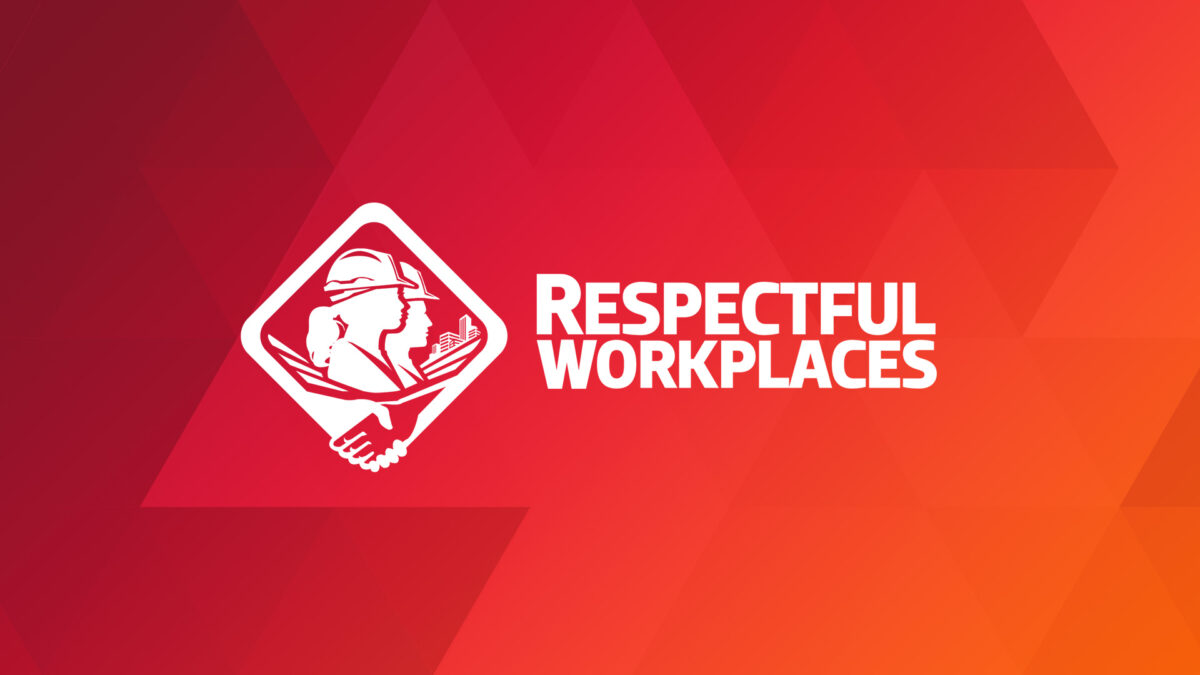Mental health in the workplace is no longer a topic we can afford to ignore.
For industries like construction, where workers face tight deadlines, heavy workloads, and high stress, leaders play a significant role in making the workplace a safe space. When leaders prioritize mental well-being, they not only support their teams but also position their companies for long-term growth and resilience. This is not just about doing what’s right. It’s about creating a work environment where productivity thrives, retention improves, and employees feel valued.
A Statistics Canada report revealed that 23% of working Canadians experience high work-related stress, with many citing a lack of support in their workplace. By actively promoting mental health, leaders can break down stigmas, ensure their teams feel supported, and create thriving work environments.
Why leadership matters in mental health
Leadership sets the tone for workplace culture. When leaders openly prioritize mental health, they send a clear message: “Your well-being matters.”
1. Fostering open communication
A culture of openness begins with leadership. By encouraging honest discussions about mental health and providing resources, leaders can normalize these conversations. In the construction industry, for example, a foreperson who checks in with workers regularly models empathy and creates a safe space for team members to share concerns. Building trust through active listening and genuine engagement promotes a supportive environment, directly improving both morale and productivity within the team.
2. Implementing mental health policies
Clear policies signal a commitment to mental health. These could include flexible work schedules, access to mental health professionals, or paid mental health days. Leaders can advocate for and implement these measures to reduce burnout and provide essential support. In Canada, companies like EllisDon are leading the way by offering employee assistance programs and resilience training, ensuring their workforce has access to both preventive and reactive mental health resources.
3. Leading by example
Leadership is not just about words—it’s about actions. When leaders demonstrate a healthy work-life balance, they set the expectation that employees should, too. For instance, a project manager who takes regular breaks and openly discusses the importance of self-care sets a positive example for their team.
Predicting trends: mental health in the future workplace
As mental health gains visibility, certain trends are becoming evident:
- Integration of technology: Digital platforms are revolutionizing mental health support. Apps like MindBeacon, a Canadian-based digital therapy service, are becoming popular for providing accessible counselling and mindfulness tools. Leaders can leverage these technologies to offer employees confidential, on-demand support.
- Tailored well-being programs: One-size-fits-all solutions are being replaced by personalized approaches. Companies are recognizing that employees’ needs vary based on age, role, and cultural background, necessitating diverse mental health strategies.
- Focus on diversity and inclusion: In a globalized world, diversity is not just a social good—it’s a business imperative. Inclusive workplaces that embrace different perspectives foster innovation, improve decision-making, and attract top talent. Research by McKinsey & Company shows that companies in the top quartile for ethnic diversity are 36% more likely to outperform their peers financially.
Practical steps for leaders to support mental health
To create a mentally healthy and inclusive workplace, leaders can take the following steps:
- Educate yourself and your team: Invest in mental health training for leadership and staff. Organizations like the Canadian Mental Health Association offer workshops tailored to various industries, including construction.
- Promote work-life balance: Encourage employees to disconnect after hours. Policies limiting work-related communication during evenings and weekends can significantly reduce stress.
- Recognize and reward efforts: A simple “thank you” or acknowledgment of hard work can boost morale and demonstrate appreciation.
- Measure impact: Regularly assess your mental health initiatives through surveys or feedback sessions to ensure they meet employees’ needs.
Building a resilient workforce
In today’s workplace, prioritizing mental health is not just an option—it’s a business necessity. Employees who feel genuinely supported are more productive, innovative, resilient, and committed to their teams. When leaders foster open communication, implement forward-thinking policies, and embrace diversity and inclusion, they create environments where individuals and businesses alike can thrive. After all, a diverse, well-supported workforce is not just healthier but it is also the foundation of sustained growth and competitive advantage.
Michael Bach is an author and speaker, a thought leader in inclusion, diversity, equity, and accessibility, and an IDEA consultant to BuildForce Canada.

Respectful and Inclusive Workplaces
